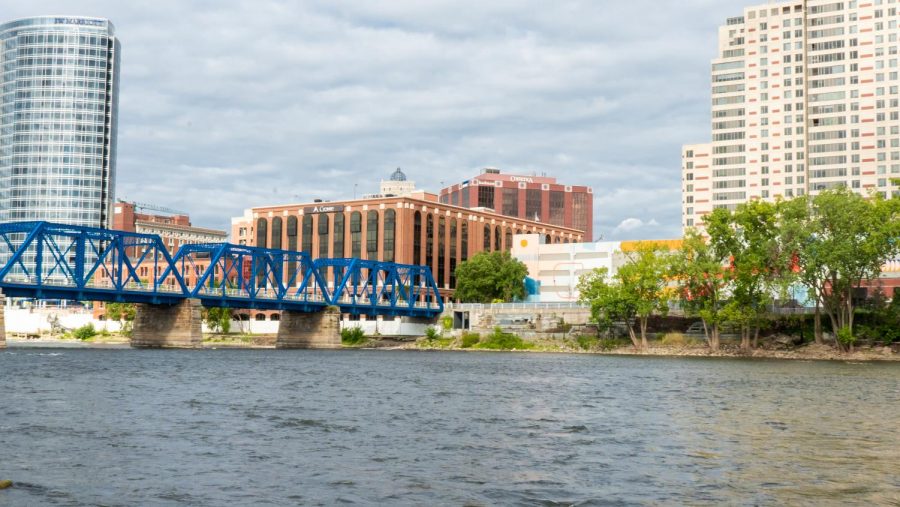River restoration project to bring GR community together
Sep 3, 2019
Banding together to protect nonrenewable resources has a way of bringing people together. Wanting to make a difference in the world is a powerful force when it comes from people who care enough to act.
The River For All project is Grand Rapids’ way of doing its part for the environment and community. Though the final designs for this $40 million project were approved in November of 2018, efforts toward that goal started earlier.
The designs include trails and six different types of community sites stretching across both sides of the seven and a half mile-long river. Along with these additions, the project plans to build a fish ladder and a hydraulic structure for the control of sea lampreys.
To combat the sea lampreys, there are plans to build a new adjustable hydraulic system (AHS) on the Grand River. Though the AHS requires a separate permitting process, the system is still a part of the project.
Approval of the designs is only step one in an eight-year, four-step program. From there, the plans consist of the construction of the Lower Reach, AHS construction and finally the removal of the Sixth Street dam.
The project has five main goals according to their website. They include restoring the rapids to the Grand River; improving habitat and connectivity, water quality, functions of the river banks and aesthetics; creating economic opportunities, enhancing underserved communities and instilling stewardship; optimizing City-owned property along the river to provide access; and public space and providing equitable connections.
These goals were created with the help of the people of Grand Rapids. During ArtPrize 10, members of the project set up a table and engaged with as many people as they could, educating them about the history of the river and asking for their opinion.
With the river being renovated, it will create an equitable and accessible river for everyone in Grand Rapids to enjoy.
This is where the project hopes to see the most impact. The project hopes that improving the connection between nature and the city will motivate people to be around others more and improve their sense of community.
On top of the social aspects, the River For All project also has economical and environmental benefits.
Many environmental perks will come with this project, including improving fish passage, restoring historic spawning areas for state-threatened lake sturgeon and improved habitat conditions for endangered and threatened species.
Group activities along the riverside will draw more people to the park and site that the project is building. These new additions stretch from Riverside Park at the north end to Millennium Park in the south.
Recreational use of the river is expected to increase significantly, bringing in anywhere from $15-19 million per year. The new additions to the river will also create nearly 100 new jobs.
Even though the River For All project is expected to take up to eight years to complete, the community of Grand Rapids will use it to become stronger every step of the way.






















